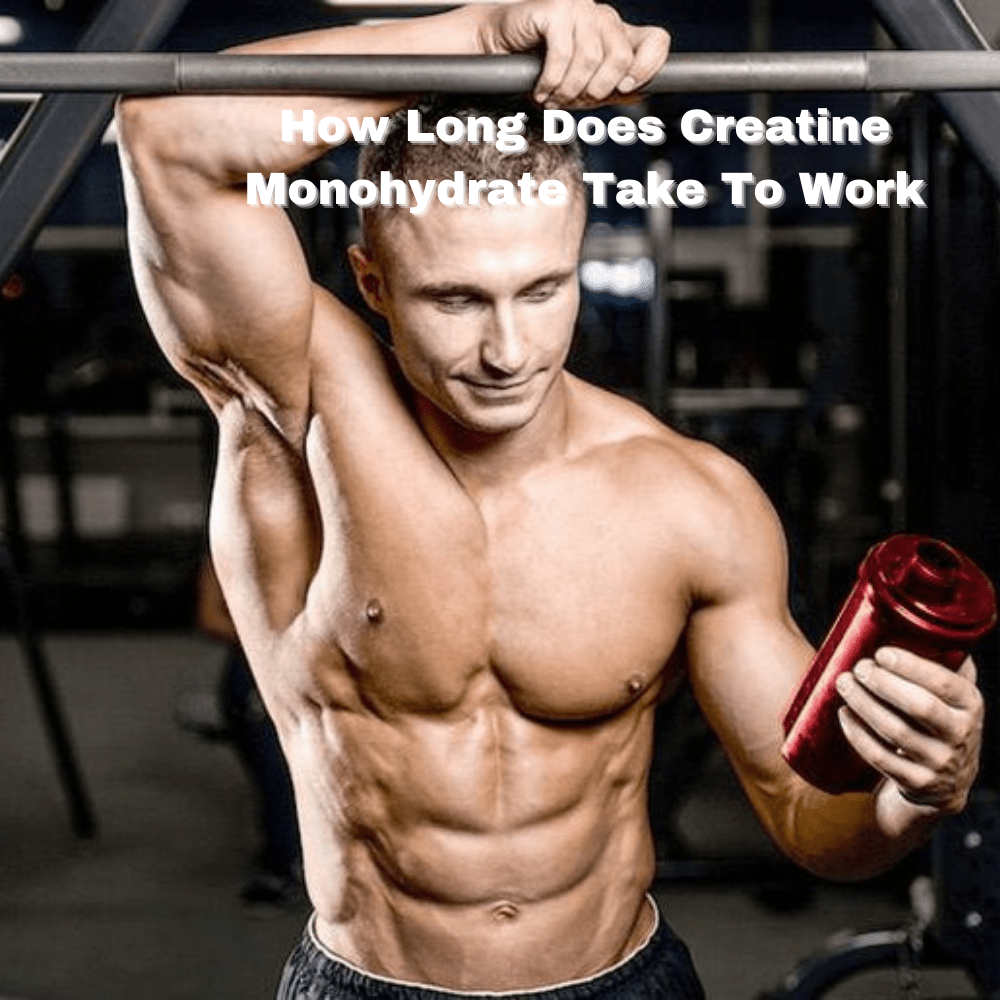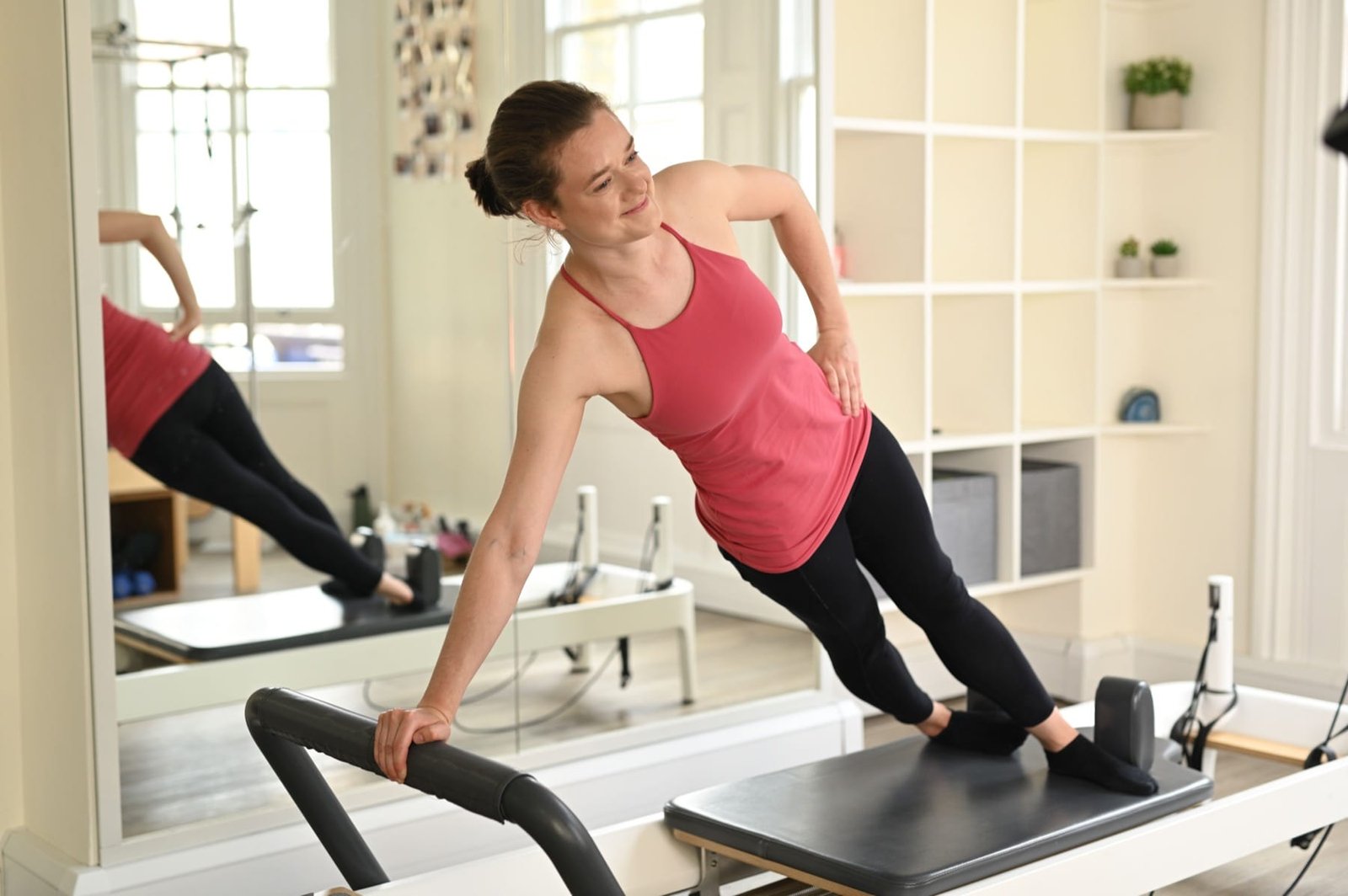You’ve probably asked yourself, “How long does it take for exercise to work?” Whether you want to lose weight, build muscle, or just feel healthier, knowing when you’ll see results can keep you motivated. The truth is, your body starts changing sooner than you think—but the timeline depends on what you want to achieve.
Keep reading to discover how your effort turns into real progress, and learn tips to speed up your results. This way, you won’t lose hope or give up before your hard work pays off.
Initial Changes
Starting a new exercise routine brings many changes quickly. The body reacts fast to new activities. These first signs show that your effort is working. Understanding these early changes helps you stay motivated. The initial phase is about your body adjusting and responding.
First Week Effects
During the first week, your muscles may feel sore. This soreness means your muscles are repairing and growing. You might feel more tired after workouts. Your energy levels can change as your body adapts. Small improvements in mood and sleep often appear. These early effects show your body is working hard.
Early Body Responses
Your heart and lungs start to work more efficiently. Blood flow improves to help your muscles recover. Your body begins to burn calories more easily. You may notice better balance and coordination. These responses prepare your body for more exercise. They are signs that your fitness is beginning to improve.
Physical Improvements
Exercise improves your body in many ways. Physical changes show at different times. Some changes appear fast, while others take weeks or months. Understanding these changes helps stay motivated and track progress. Here are key physical improvements from regular exercise.
Muscle Strength Gains
Muscle strength grows after consistent workouts. You may notice small strength changes in 2 to 4 weeks. Lifting weights or using resistance helps muscles adapt. Muscle fibers repair and grow stronger with rest. Strength gains continue as long as you keep training.
Cardiovascular Boosts
Cardio exercise improves heart and lung health. You might feel better breathing and more energy in 3 to 6 weeks. Regular walking, running, or cycling strengthens your heart. Blood flow improves, and endurance increases. This helps daily activities feel easier.
Flexibility And Mobility
Stretching and movement exercises increase flexibility. Some flexibility gains happen within 2 weeks. Joints become less stiff and move more freely. Better mobility reduces injury risk and improves posture. Keep practicing to maintain and improve flexibility.
Weight And Fat Loss
Weight and fat loss are common goals for many people who start exercising. Exercise helps burn calories and fat, which can lead to a slimmer body. Fat loss does not happen instantly. It takes time and consistent effort to see real changes.
Exercise alone is not enough. A healthy diet and good sleep support fat loss. The body needs a balance of calories burned and calories eaten to lose fat. Regular exercise speeds up this process by increasing the number of calories used.
Timeline For Visible Fat Reduction
Visible fat loss usually starts after about four weeks of regular exercise. Some people may see changes sooner, but for most, it takes around one month. The first signs include clothes fitting better and slight body shape changes.
Fat loss happens gradually. It is common to lose about 1 to 2 pounds per week. Rapid weight loss is often water or muscle, not fat. Patience is key. Steady progress leads to lasting results.
Factors Influencing Weight Loss
Many factors affect how fast weight and fat are lost. Age, gender, and genetics play a role. Younger people often lose fat faster. Men usually lose fat quicker than women due to muscle mass.
Exercise type matters. Cardio burns more calories during a session. Strength training builds muscle, which increases calorie burn even at rest. Diet quality impacts fat loss speed. Eating fewer calories than burned helps create a calorie deficit.
Stress and sleep affect hormones linked to fat storage. High stress and poor sleep can slow fat loss. Staying consistent with exercise and healthy habits speeds up progress.

Credit: riptoned.com
Mental And Emotional Benefits
Exercise helps more than just your body. It also improves your mind and feelings. Many people feel happier and less worried after moving their bodies. The good news is these benefits can start quickly.
Understanding how exercise affects your mood and stress can keep you motivated. Small changes in your routine can lead to big improvements in how you feel. The mental and emotional rewards are real and worth the effort.
Mood Enhancements
Exercise releases chemicals in the brain that lift your spirits. These include endorphins, often called “feel-good” hormones. You may notice a better mood right after a workout. Even a short walk can brighten your day. Regular exercise keeps these mood boosts coming back.
Stress Reduction Timeline
Stress often drops soon after physical activity. Your body calms down as tension fades. Many feel less anxious within minutes of moving. With steady exercise, this effect grows stronger over weeks. After a month, stress responses can change for the better. Your mind learns to handle pressure easier.
Long-term Transformations
Long-term transformations from exercise take time and patience. Changes in your body and mind build slowly with regular effort. These changes go beyond just looking different. They affect how you feel, think, and live every day.
Sustained Fitness Levels
Exercise improves your strength, endurance, and energy. These gains do not happen overnight. Consistent workouts over months keep your fitness steady. Your body adapts to regular activity and becomes stronger. Over time, daily tasks feel easier and you get less tired.
Staying active helps protect your heart and lungs. It lowers risks of many diseases. Regular exercise also supports healthy weight and muscle tone. These benefits grow stronger with ongoing effort. Skipping workouts often can slow progress or reverse it.
Lifestyle Habit Formation
Exercise becomes easier when it turns into a habit. Habits form after weeks of doing the same thing. Your brain learns to expect and enjoy activity. This makes sticking to exercise less of a struggle.
Good habits also affect other parts of life. People who exercise regularly tend to eat healthier. They sleep better and manage stress well. Exercise helps create a positive daily routine. This routine supports long-term health and happiness.

Credit: www.healthline.com
Variables Affecting Results
Exercise results do not appear at the same speed for everyone. Several key factors influence how fast you see changes. These variables affect your body’s response to workouts and overall progress.
Understanding these factors helps set realistic expectations and improves your fitness plan.
Exercise Type And Intensity
Different exercises produce different results. Cardio boosts endurance and burns fat faster. Strength training builds muscle but takes longer to show visible changes. Intensity matters a lot. Higher intensity workouts burn more calories and build strength quicker. Low-intensity sessions improve health but may delay visible results.
Nutrition And Recovery
Your diet plays a big role in exercise results. Eating enough protein helps muscles repair and grow. Balanced meals fuel workouts and speed recovery. Skipping recovery or sleep slows progress. Rest days allow muscles to heal and get stronger. Poor nutrition or lack of rest limits workout benefits.
Individual Differences
Each person’s body reacts differently to exercise. Age affects muscle growth and fat loss rates. Genetics determine how easily you gain muscle or lose weight. Hormones also impact energy and recovery. Your starting fitness level changes how fast you improve. Patience is key because everyone progresses at their own pace.
Tracking Progress
Tracking progress is key to see how exercise affects your body. It shows real results beyond just feeling better. Tracking helps stay motivated and adjust plans. It makes your workouts smarter and more focused.
Effective Measurement Methods
Use simple tools like a scale or tape measure. Take photos weekly to see visual changes. Write down workout details such as time and sets. Notice changes in strength or endurance. Tracking these details gives clear proof of progress.
Adjusting Goals And Routines
Change goals based on what you track. Increase workout intensity or duration slowly. Try new exercises to avoid boredom. Adjust routines to fix plateaus in progress. Keeping your plan flexible helps avoid frustration and keeps results coming.

Credit: complete-pilates.co.uk
Frequently Asked Questions
How Soon Can I See Exercise Results?
Most people notice initial changes within 3 to 4 weeks of regular exercise. Visible improvements vary by workout type and intensity. Consistency and proper nutrition accelerate results. Strength gains often appear faster than weight loss or muscle definition.
When Does Exercise Improve Mental Health?
Exercise can boost mood and reduce anxiety within a single session. Regular physical activity enhances mental health noticeably after 2 to 4 weeks. It increases endorphin levels and reduces stress hormones, improving overall well-being.
How Long To Build Muscle With Exercise?
Muscle growth typically becomes visible after 6 to 8 weeks of strength training. Progressive overload and adequate protein intake are crucial. Beginners may see faster gains, while experienced athletes require more time and effort.
How Quickly Does Cardio Improve Fitness?
Cardiovascular fitness improves within 2 to 3 weeks of consistent cardio workouts. You’ll notice better endurance and reduced fatigue during activities. Regular sessions enhance heart health and lung capacity over time.
Conclusion
Exercise results do not appear overnight. Small changes show in days or weeks. Consistency matters most for steady progress. Everyone’s body reacts in its own way. Patience and regular effort bring real benefits. Focus on feeling stronger and healthier each day.
Enjoy the process, not just the outcome. Keep moving, and results will follow. Stay positive and trust your journey.
